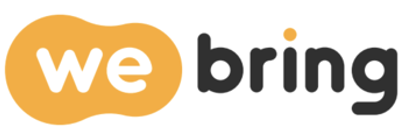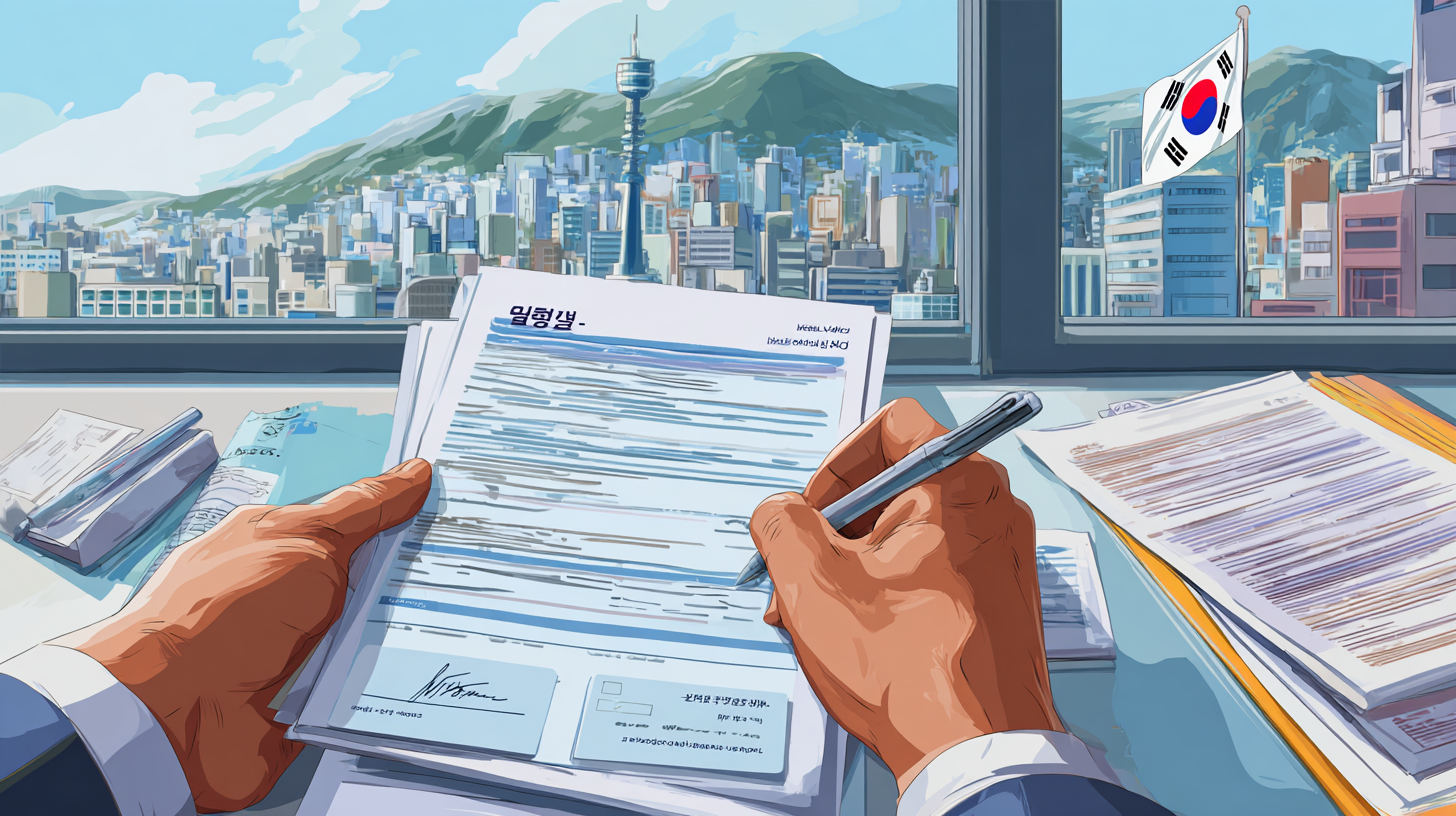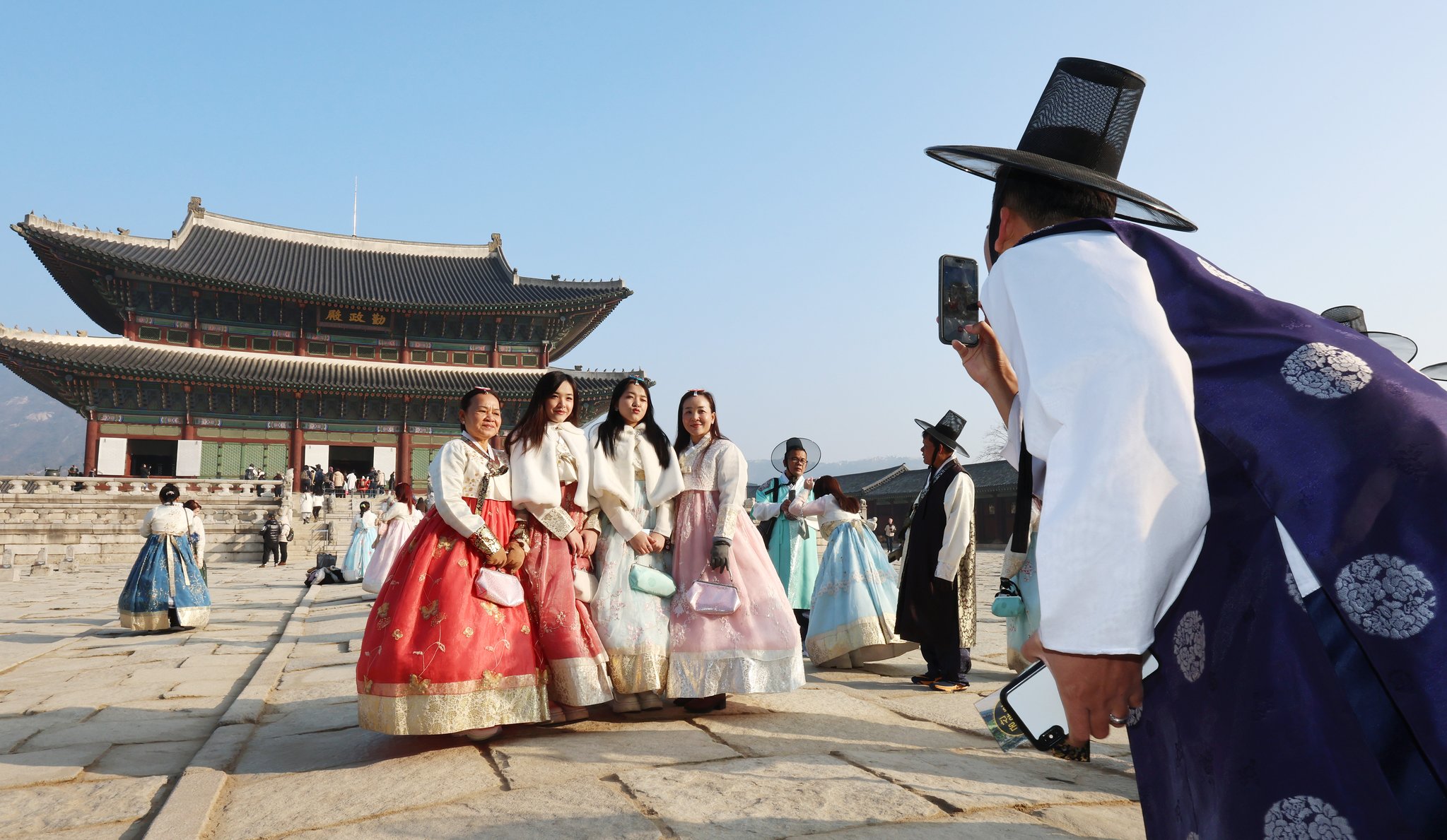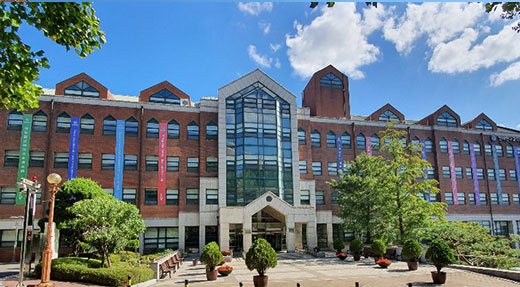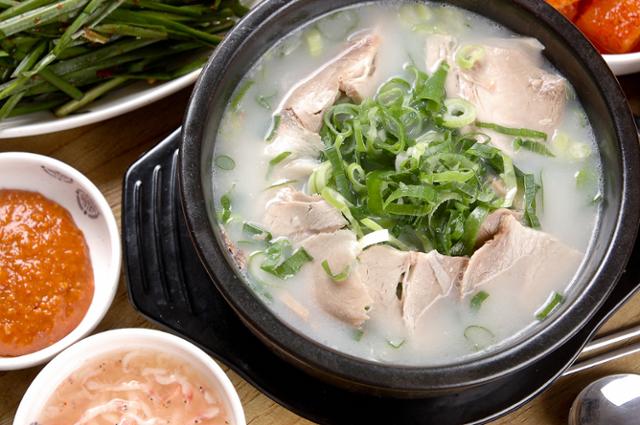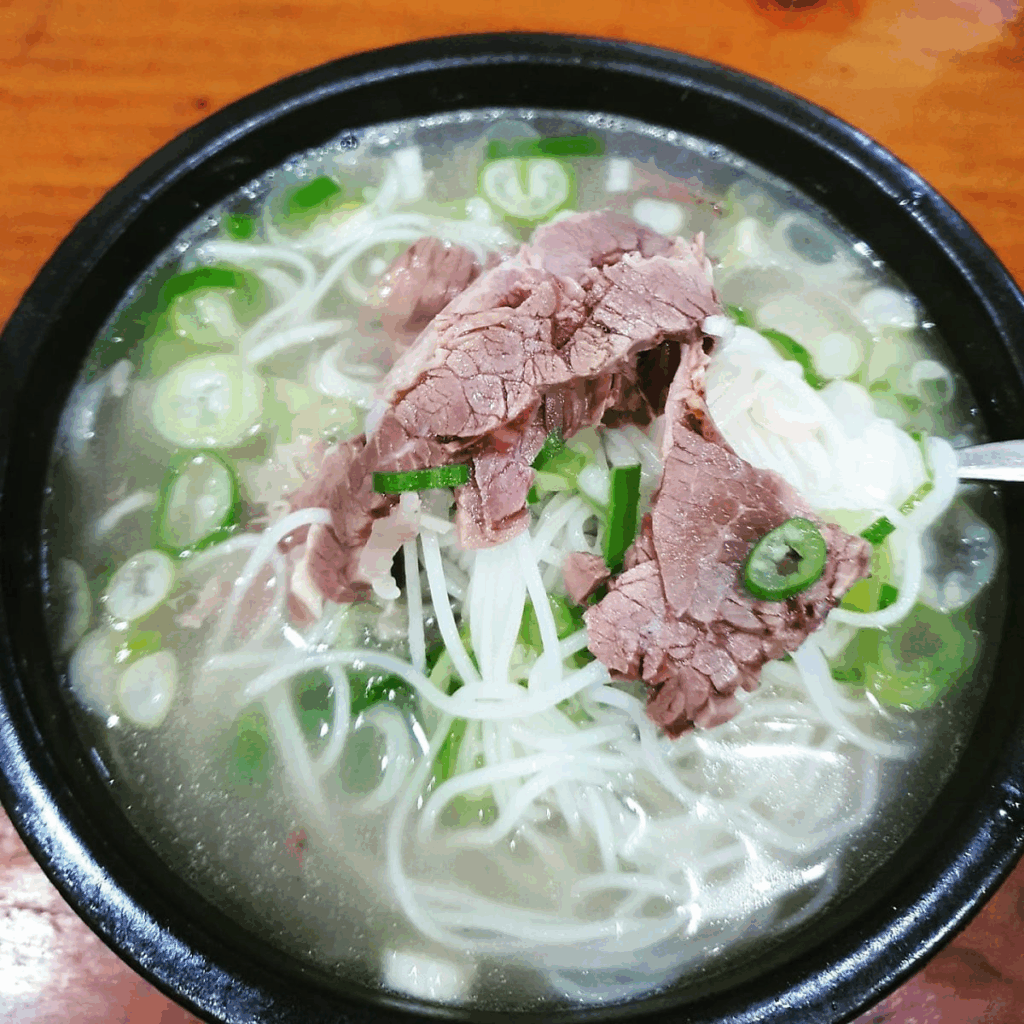The journey of coming to Korea from abroad and starting a new job can be a continuous series of challenges. This is especially true when someone has entered the country on a student, visitor (D-series), or Working Holiday (H-1) visa but needs to switch to the appropriate “work visa” to work full-time in Korea. Even individuals already holding a work visa may find themselves needing to change visa types when switching jobs or aiming to build a better career in a different company.
Changing a visa involves substantial administrative steps, with numerous documents to prepare and important points to consider. Missing any of these steps may result in being considered as residing or working illegally in Korea, leading to potential penalties or even forced deportation. In this article, we will explore in detail the key considerations foreign nationals must keep in mind when changing their work visa in Korea.
Understanding Your Current Visa Status: What Visa Am I On?
The first step in the visa change process is to confirm the type of visa you currently hold and your length of stay. For instance, someone who graduates from a Korean university with a D-2 (student) visa and wishes to work may need to switch to an E-7 (Special Occupation) visa. Or, if you’ve been working at an English academy with an E-2 (Teaching) visa and want to switch to an IT company, you may also need to transition to an E-7 visa.
Another scenario involves entering Korea on a Working Holiday (H-1) visa, traveling, doing short-term jobs, and then receiving a full-time job offer. In that case, you would need to change your visa to a type suitable for the new job, such as E-7 or E-2. It’s crucial to identify your current visa type and remaining valid stay period in order to carry out a smooth change to a work visa.

Advanced Discussion with Employer: Sponsorship and Employment Contract
The core of changing to a work visa relies on whether there’s a valid employer (sponsor) in Korea willing and legally eligible to hire a foreigner. When changing to or applying for an E-7 visa, factors such as the company’s size, industry, and its quota for hiring foreigners (Employment Permit System) become critical.
- Employment Contract: You’ll need a formal contract specifying employment conditions, duration, and salary with the new company. The start date and terms of compensation must be clearly defined and might need to follow the standard template provided by the Immigration Office.
- Company Business Registration and Financial Documents: To verify that the company is operating and financially stable, documents like a copy of the business registration certificate, recent financial statements, or tax payment certificates may need to be submitted.
If the company is not familiar with hiring foreign nationals, it’s important to proactively provide guidance. Share the official list of documents required by Immigration Law with the HR personnel and establish a timeline for document preparation within your legal stay period.
Preparation Before Visiting the Immigration Office: Timing, Fee, and Additional Documents
Changing your visa isn’t complete just because you have a contract. You must officially submit an application and supporting documents to the Immigration Office. Missteps in timing and missing documents are the most common problems during this process.
- Timing: Ideally, you should start the process at least 1 to 2 months before your current visa expires. Even if you’ve already secured a job offer, it can take more time than expected to prepare documents and go through the review process, so allow for extra time.
- Additional Documents: Typically required documents include an employment contract, employment certificate (or a letter of offer if unemployed), company registration certificate, proof of education (degree or graduation certificate), and proof of career experience. Depending on the role or situation, you may also be asked to submit a letter of guarantee, recommendation letter, or Korean language proficiency certificate. If you’re switching from a D-2 (student) visa, you may be asked to prove the relevance between your major and the new job duties.
- Fees: Visa change fees vary depending on the visa type. In addition to the application fee, there might be a reissuance fee for your Alien Registration Card. Applying online via the HiKorea website could be slightly cheaper than doing so offline — check what applies in your case.
Case Study: Transitioning from D-2 to E-7
Let’s say a foreign student, Mr. A, graduates from a Korean university (D-2 visa) and lands a developer job at an IT startup. Here’s what he must do: First, the HR team checks if the company qualifies as a sponsor for an E-7 visa — this involves verifying factors like business type, foreign worker quota, capital, and number of employees. Then, he signs the employment contract and prepares necessary documents like proof of education, work experience, and relevant certifications. Mr. A then visits the appropriate Immigration Office well before his visa expiration date to submit the D-2 to E-7 visa change application and awaits final approval.
One often overlooked point here is the “relevance between the major and the job role.” Although an IT major applying to an IT company usually faces no difficulty, if the industry is unrelated, Immigration may question, “Why is someone with this major entering this field?” In such cases, applicants must provide supporting experience or certifications to explain the career transition.
Post-Visa Change: What to Double-Check
Once your visa change is approved, thoroughly check the updated visa type and period of stay. The new stay period might be shorter than expected, and your permitted scope of activities may also be limited. For example, with an E-7 visa, you can legally only work in the designated role at your sponsoring company — freelancing or side jobs are prohibited and can lead to legal issues.
Also verify whether you need a new Alien Registration Card, and remember to report any changes in address or contact information to your local immigration office within the required time frame. Receiving visa change approval doesn’t mean all related matters are complete. You’ll still need to manage legal and administrative tasks like notifying address changes, year-end tax settlements, and enrolling in the four major insurances to ensure a smooth life in Korea.
Conclusion: Thorough Preparation is the Key to a Successful Work Visa Change
Changing your work visa may seem like a “complicated and difficult process,” but with proper planning, it’s quite manageable. The most crucial elements are timing and complete documentation. Maintain close communication with your company, understand immigration regulations, and seek assistance from legal experts like administrative services or immigration lawyers if necessary.
Above all, you need a strategic approach that aligns your career goals with the appropriate visa type. One may think, “Any work visa will do,” but in reality, each visa category has different scopes and extension criteria — deeply affecting your future career and lifestyle. If you aim to initially obtain a visa that suits your field and build a plan to maintain and extend that visa, then your career growth in Korea will be much more seamless.

WeBring Service : Provides personalized services to foreigners living in Korea
Exclusive offer: Introducing foreign car rental in Korea, WeBring-SoCar
